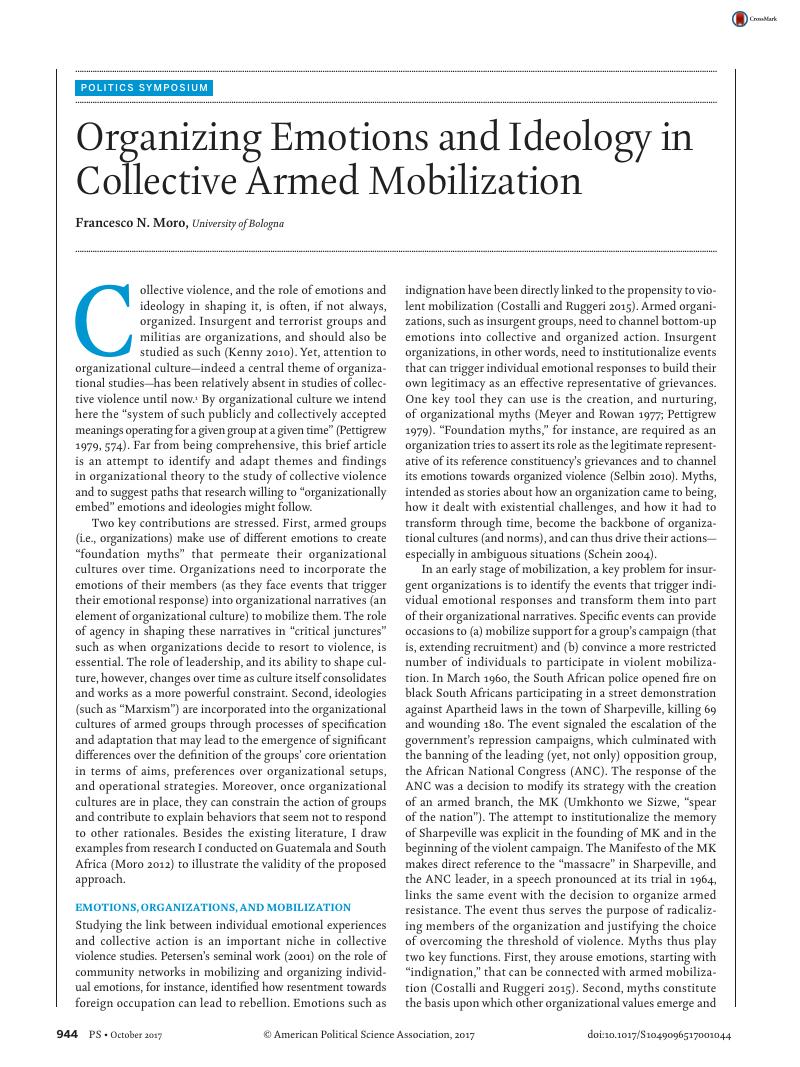Crossref Citations
This article has been cited by the following publications. This list is generated based on data provided by Crossref.
Corradi, Edoardo
2023.
Beyond Armed Competition: The Logic of Rebel Groups’ Alliance Formation.
Civil Wars,
Vol. 25,
Issue. 2-3,
p.
249.





